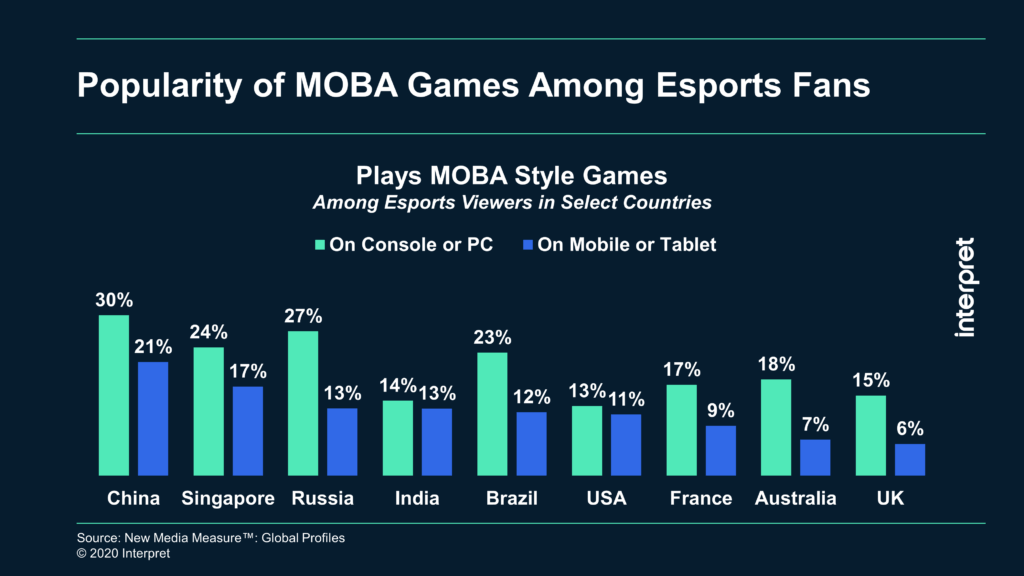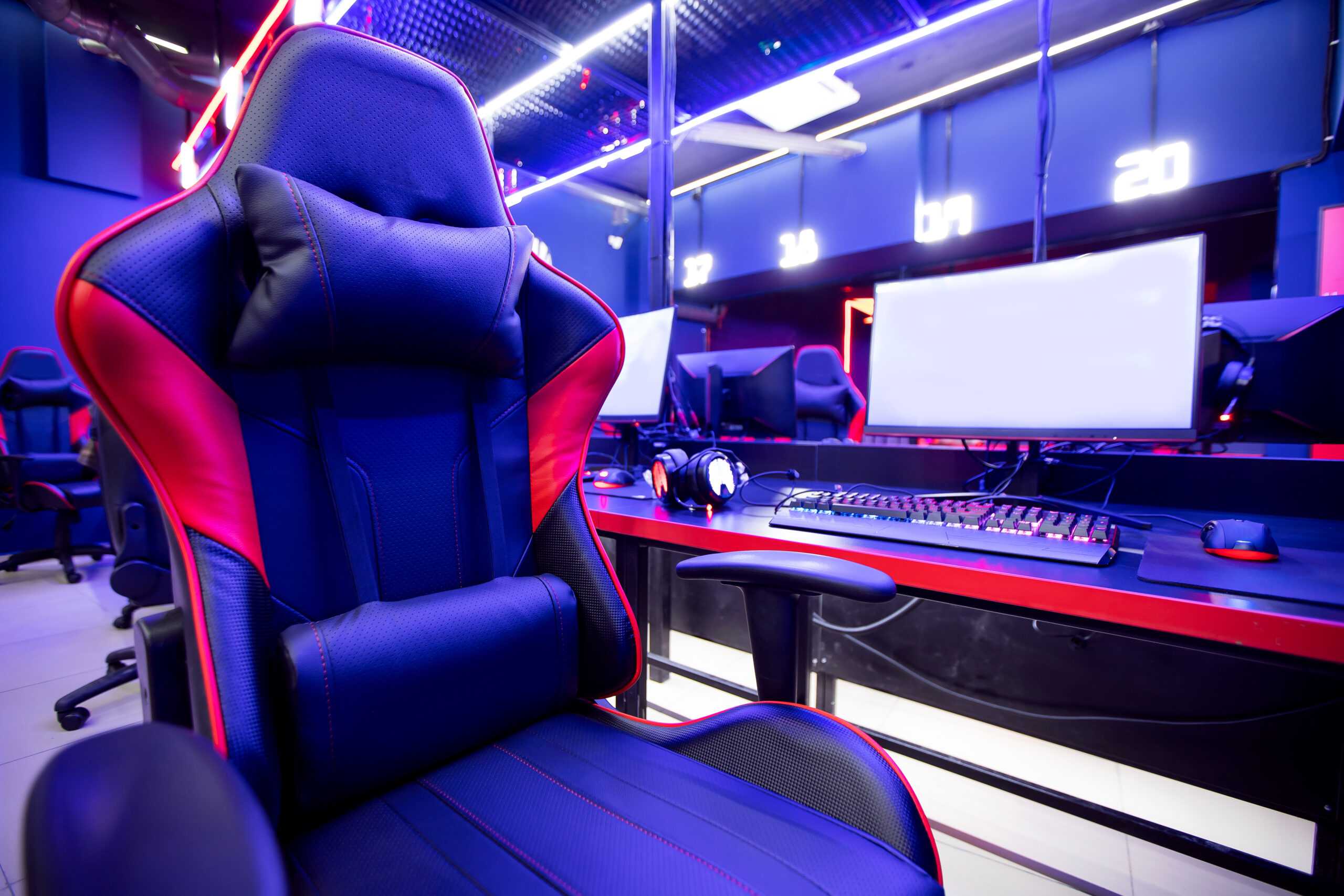Year-in and year-out, League of Legends dominates the esports landscape. The LCS Summer Split drew the highest viewership since 2016 with nearly 35 million hours watched, and the 2020 Worlds Championship in Shanghai has been off to a good start as well with at least five matches from the first stage surpassing 1 million viewers. It would be easy for Riot Games to stand back and watch its empire flourish, but the company is actively looking towards the future with new gaming experiences.
Tactical shooter Valorant is one such title, and it’s already on a good path, especially as teams and content creators like Shroud flock to the game while abandoning old standbys like CS:GO. Riot’s digital card game Legends of Runeterra is another contender to grow the publisher’s esports pie. Riot recently announced an official seasonal tournament model for the game and noted that it would have an update on professional play early next year.
Perhaps the most intriguing of Riot’s new games, however, is Wild Rift, a recently released mobile version of League of Legends, which could piggyback on the brand and success of the MOBA. In fact, in Korea the publisher has already aired a commercial for Wild Rift that leverages the star power of League star players (most notably Lee “Faker” Sang-hyeok). Given the ubiquity of smartphones, mobile esports has the potential to be massive – across Asia, it’s already a big deal with titles like Honor of Kings, PUBG Mobile and Clash Royale.
In America, MOBA games like Vainglory tried to popularize mobile esports but it hasn’t quite taken off yet. Riot is aware of this and has wisely partnered with heavy hitters Apple and Verizon for a Wild Rift Twitch Rivals event to showcase the game – and of course, to spotlight the new iPhone 12 running on Verizon’s 5G service. According to Interpret’s NMM: Global Profiles®, MOBA is a very popular genre among mobile gamers and esports fans, especially in China, but it still sees more interest on console and PC. The gap between console/PC and mobile for MOBA play among esports fans in America, however, is quite small suggesting there’s plenty of room for MOBA growth across all platforms among esports fans in the U.S.






